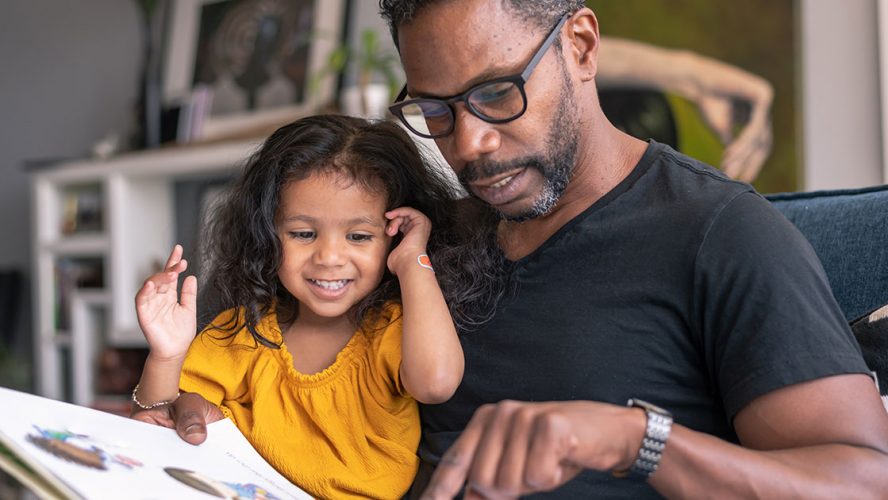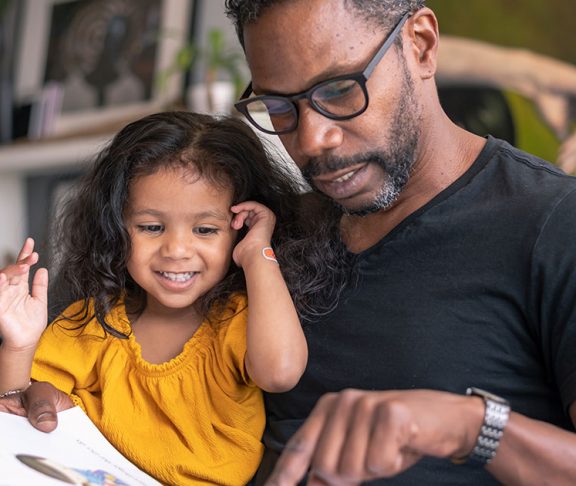Reading is magical. Books can transport us to ancient or faraway lands, and they can also teach children empathy and help fight prejudice. To accomplish this, our bookshelves must reflect the world around us. So, how do you start diversifying your collection?
In her seminal 1990 essay, Dr. Rudine Sims Bishop explained why children need books to be mirrors and windows into the human experience. A “mirror” book reflects a child’s own life — meaning their race or culture or other shared identity — and allow them to feel seen. S “window” book introduces kids to experiences outside of their own, encouraging them to empathize with characters from all backgrounds.
Audit your current bookshelves
Flip through the pages of the children’s books in your home. What age ranges do the stories target? Are they fiction or nonfiction? Consider the diversity of the characters alongside any known diversity of the authors and illustrators. Take note of what you find.
You’ve now conducted a simple diversity audit of your children’s home library. It’s an easy way to take stock of the inclusivity within your collection and identify gaps that may be missing.
Defining diversity
What does “diversity” mean? We Need Diverse Books (WNDB) recognizes all diverse experiences. Diverse representation includes (but is not limited to) LGBTQ+ communities, Indigenous and native peoples, people of color, gender diversity, people with disabilities, and ethnic, cultural, and religious minorities.
You may want to use WNDB’s definition of diversity as a starting place to build your home library, and include additional themes or experiences that cater to your family’s needs.
Add with intention
The best way to grow a diverse collection is to search with intention. Create reading lists with your kids: What are they interested in? Which authors do they love? What themes and topics capture their attention?
Next, look for books by a range of diverse authors and that feature diverse characters. If you have a young reader who loves dogs, A Big Bed for Little Snow by Grace Lin might be a good choice. If your middle-grade reader enjoys magical realism and mystery, they might like King and the Dragonflies by Kacen Callender. Prioritize authors with lived experiences and try to fill any gaps in what your kids are reading. The more you do this, the more natural it will become, and the more diverse your list will be.

